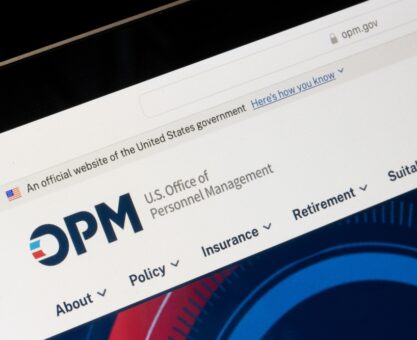The Office of Personnel Management (OPM) has finalized a significant rule that introduces forced distribution into the performance evaluations of Senior Executive Service (SES) members, marking a shift aimed at addressing long-standing concerns over inflated ratings. This change, effective October 15, 2025, allows federal agencies to cap the number of top SES performance ratings, ensuring a more rigorous and accountable system for senior executives.
Under the previous framework, SES performance ratings were often skewed toward the highest levels. In fiscal year 2023, approximately 96% of SES members received ratings of Level 4 (“exceeds fully successful”) or Level 5 (“outstanding”), raising questions about the system’s ability to meaningfully distinguish performance. The new rule enables OPM to establish pre-determined limits on rating distributions. Agencies are now required to limit the combined share of SES members receiving Level 4 or 5 ratings to no more than 30%, fostering a normalized distribution that rewards only the most exceptional performers.
However, flexibility is built into the system. A presidential waiver option exists that could exempt agencies from the 30% cap by certifying that the agency’s executives demonstrated outstanding performance during the relevant period. Additionally, noncareer SES members, typically political appointees, can be exempted from these rating caps under a new provision. This exemption addresses potential concerns about preferential treatment, ensuring that career executives are not disadvantaged in comparison.
The rule does not impose restrictions on cash bonuses for SES members. Those rated at least Level 3 (“fully successful”) remain eligible for performance awards equivalent to 5% of their base salary, while higher bonuses continue to be tied to Level 4 or 5 ratings. This structure aims to incentivize solid performance at the “fully successful” level and support retention without undermining the new distribution limits.
Beyond the rating system, the final rule includes other notable reforms. It eliminates references to diversity, equity, and inclusion (DEI) in SES performance appraisals. Specifically, the criterion of “leadership effectiveness in promoting diversity, inclusion, and engagement” has been removed from appraisals. Furthermore, the requirement for agency heads to consider diversity and inclusion when establishing performance review boards (PRBs) has been deleted, shifting focus to members committed to applying SES performance standards rigorously.
While the rule has garnered support for promoting accountability, it has also drawn skepticism from organizations like the Senior Executives Association (SEA). The SEA endorses SES performance ratings reform in principle but expresses concerns that forced distribution could foster unhealthy competition, erode trust among executives, and potentially undermine overall effectiveness. Critics argue that the approach may not adequately explain why such measures are necessary without risking morale issues in the senior ranks.


























